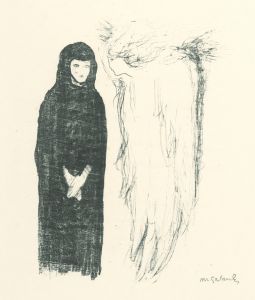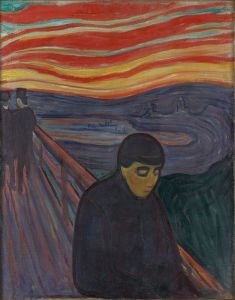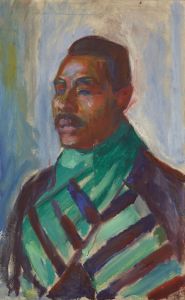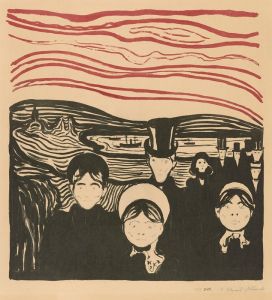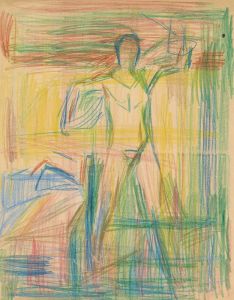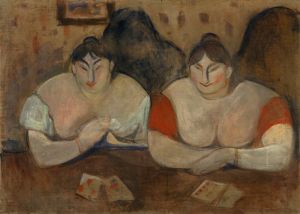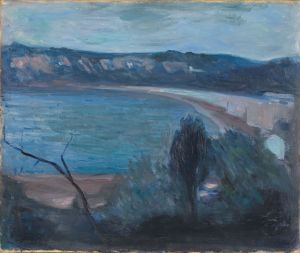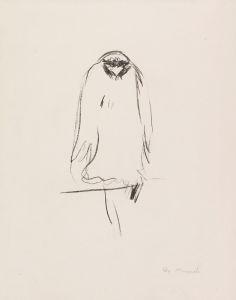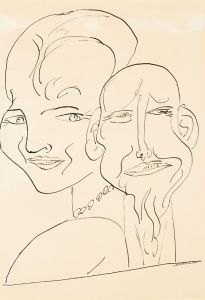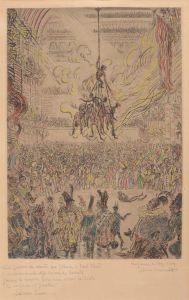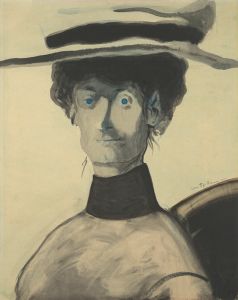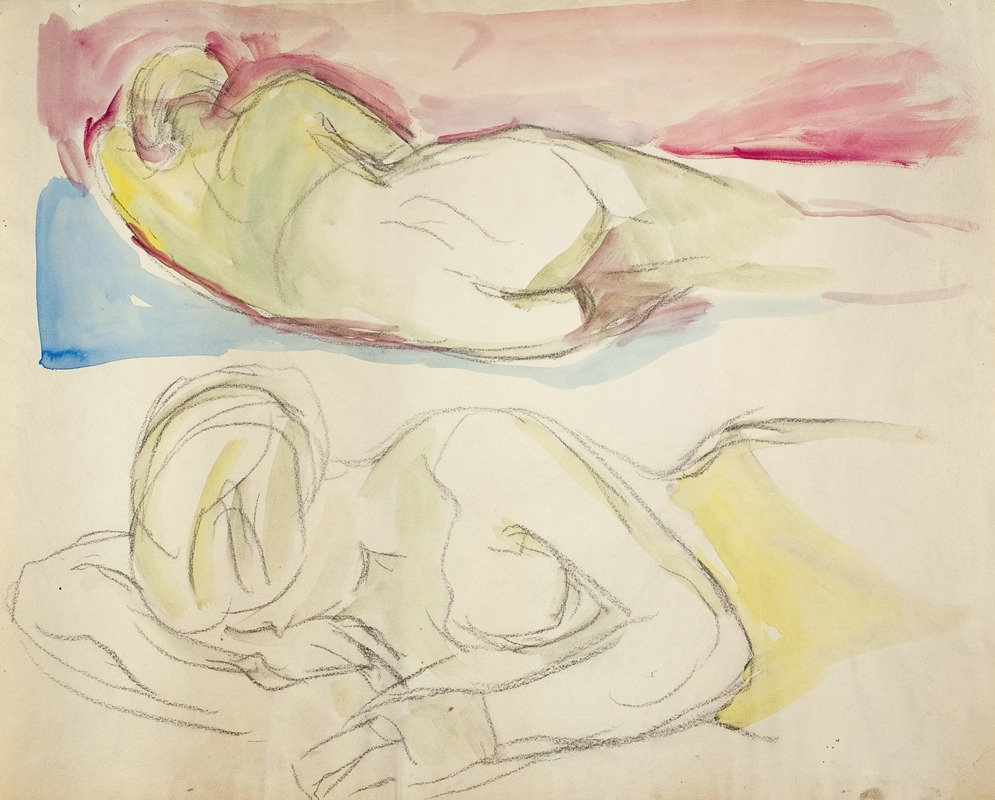
To liggende akter
A hand-painted replica of Edvard Munch’s masterpiece To liggende akter, meticulously crafted by professional artists to capture the true essence of the original. Each piece is created with museum-quality canvas and rare mineral pigments, carefully painted by experienced artists with delicate brushstrokes and rich, layered colors to perfectly recreate the texture of the original artwork. Unlike machine-printed reproductions, this hand-painted version brings the painting to life, infused with the artist’s emotions and skill in every stroke. Whether for personal collection or home decoration, it instantly elevates the artistic atmosphere of any space.
Edvard Munch, a Norwegian painter and printmaker, is renowned for his evocative and emotionally charged works. Among his extensive oeuvre, "To liggende akter" (translated as "Two Reclining Nudes") is a notable piece that reflects his exploration of human emotion and form. Munch's work often delves into themes of existentialism, love, anxiety, and death, and "To liggende akter" is no exception, showcasing his distinctive style and thematic concerns.
"To liggende akter" was created during a period when Munch was deeply engaged with the Symbolist movement, which sought to express ideas and emotions through symbolic imagery and often featured dream-like or mystical elements. This painting, like many of Munch's works, is characterized by its expressive use of color and form, which conveys a sense of psychological depth and complexity.
The painting depicts two nude figures in a reclining position, a subject that Munch revisited in various forms throughout his career. The choice of nudes is significant in Munch's work, as it often symbolizes vulnerability and the raw, unfiltered nature of human existence. The figures in "To liggende akter" are rendered with Munch's characteristic fluid lines and bold colors, which serve to emphasize the emotional resonance of the scene.
Munch's approach to the human form was heavily influenced by his personal experiences and the broader cultural context of his time. His work often reflects his own struggles with mental health and his preoccupation with themes of mortality and the human condition. "To liggende akter" can be seen as part of this broader narrative, capturing the tension between the physical and emotional states of being.
The painting's composition and use of space are also noteworthy. Munch often employed unconventional perspectives and compositions to create a sense of movement and emotional intensity. In "To liggende akter," the positioning of the figures and the interplay of light and shadow contribute to a dynamic and engaging visual experience.
Munch's influence on modern art is profound, and his work, including "To liggende akter," has been studied for its innovative approach to color, form, and psychological depth. His exploration of the human psyche and his ability to convey complex emotions through his art have made him a pivotal figure in the transition from 19th-century Symbolism to 20th-century Expressionism.
"To liggende akter" is housed in the Munch Museum in Oslo, Norway, which holds the largest collection of Munch's works. The museum provides valuable insight into Munch's artistic development and the themes that permeate his work. Visitors to the museum can view "To liggende akter" alongside other significant pieces, gaining a deeper understanding of Munch's contribution to the art world.
In summary, "To liggende akter" by Edvard Munch is a compelling example of the artist's exploration of human emotion and form. Through his distinctive style and thematic focus, Munch captures the complexities of the human experience, making his work both timeless and universally resonant.





